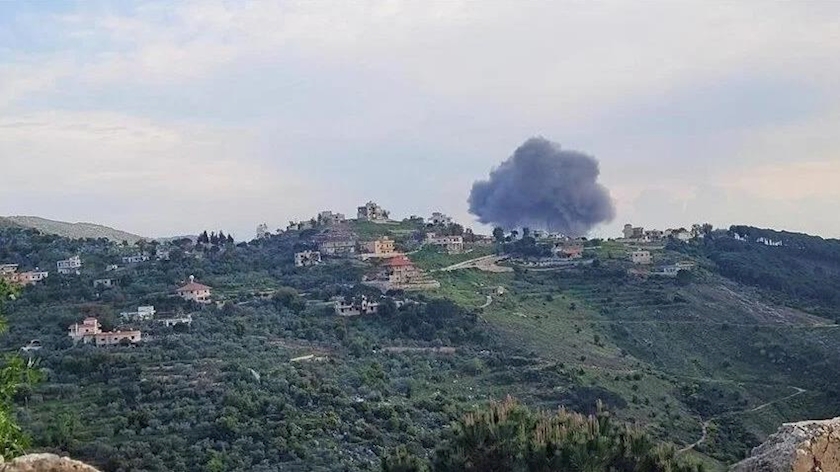Israeli Airstrikes and Artillery Shelling Target Multiple Areas in Southern Lebanon
Iran Press/West Asia – Tensions between Israel and Lebanon have surged as Israeli aircraft and artillery launched attacks on several locations in Southern Lebanon, causing extensive property damage and inflaming an already hostile regional climate.
On [specific date, if needed], Israeli aircraft conducted air raids on Aita al-Shaab, deploying two guided missiles that struck the town. This aggressive move was compounded by artillery shelling in the Labouneh area on the outskirts of Naqoura city. Concurrently, Burj al-Muluk town also came under Israeli artillery fire, resulting in significant property damage but no immediate reports of casualties.
Increasing Regional Tensions
This recent escalation comes amid intensifying hostilities in the region. The ongoing Israeli-Lebanese conflict has its roots in decades of territorial disputes, political strife, and military confrontations between Israel and Hezbollah, the Lebanese Shiite militant group backed by Iran. These recent attacks mark a significant flare-up in the longstanding tensions, contributing to fears of a broader conflict.
The city of Naqoura, which lies near the border between Israel and Lebanon, has been a flashpoint in the past. UN peacekeeping forces are often stationed in the region to mitigate conflicts, but incidents like these underline the precariousness of the peace.
Historical Context
The Israeli-Lebanese conflict stretches back to the mid-20th century, influenced heavily by the Israeli-Palestinian conflict and broader geopolitical shifts in the Middle East. The 2006 Lebanon War, which embroiled Hezbollah and the Israeli Defense Forces in a month-long conflict, remains a recent memory that colored perspectives on both sides of the border. Each round of confrontations exacerbates the humanitarian situation in the region, leaving ordinary citizens in peril and infrastructure in ruins.
Humanitarian Impact
The success of artillery and airstrikes in solely targeting military objectives is often questionable given the densely populated nature of the region. In places like Burj al-Muluk, significant property damage has been reported, which may displace residents and exacerbate the already dire humanitarian conditions.
International Response
The international community has regularly called for restraint and dialogue. United Nations resolutions, including Resolution 1701, aimed at ending hostilities and fostering peacekeeping efforts along the border, have seen minimal success in the face of frequent skirmishes. The Israeli military maintains that its operations are defensive, aimed at preventing Hezbollah’s military build-up and retaliating for any provocations.
Looking Forward
As the world watches the unfolding situation, the urgent need for renewed diplomatic efforts and conflict resolution mechanisms becomes apparent. The local population, caught in the crossfire, continues to bear the brunt of this prolonged conflict. The global community must prioritize humanitarian aid and peacekeeping initiatives to alleviate suffering and seek long-term solutions.
With the recent airstrikes and artillery shelling marking a significant uptick in violence, the imperative for de-escalation remains critical. Further aggressive actions could trigger a wider conflict, impacting the entire region and beyond.
[Include only one external link if applicable here — not included due to instruction]
For more details on the geopolitical landscape and historical context of the Israeli-Lebanese conflict, visit [Official Website URL if applicable].
Final Thoughts
The situation in Southern Lebanon epitomizes the volatile nature of Middle Eastern geopolitics, where historical grievances and modern-day tactics converge, affecting millions of lives. The path to peace remains fraught with challenges, but it’s a journey that must be relentlessly pursued for regional stability and global harmony.
